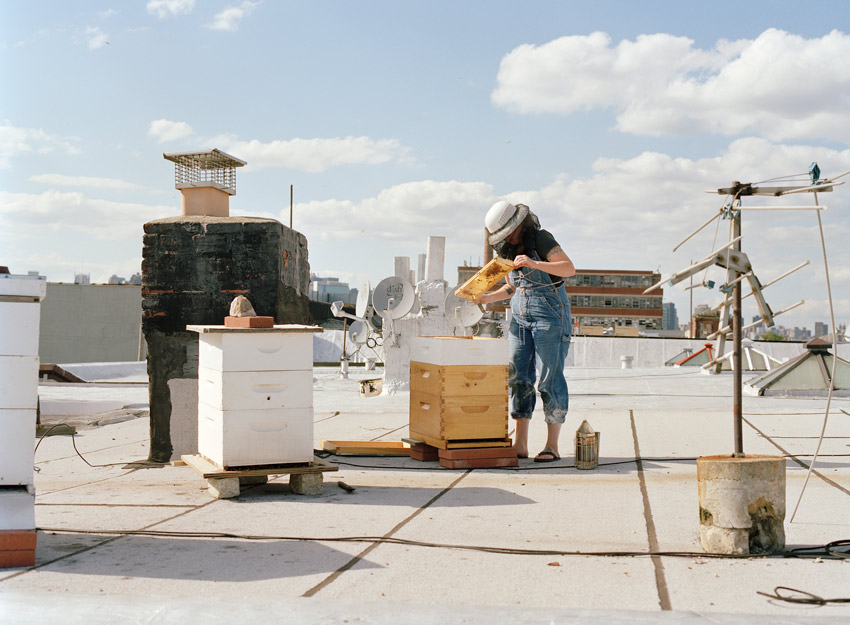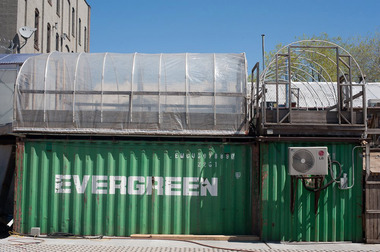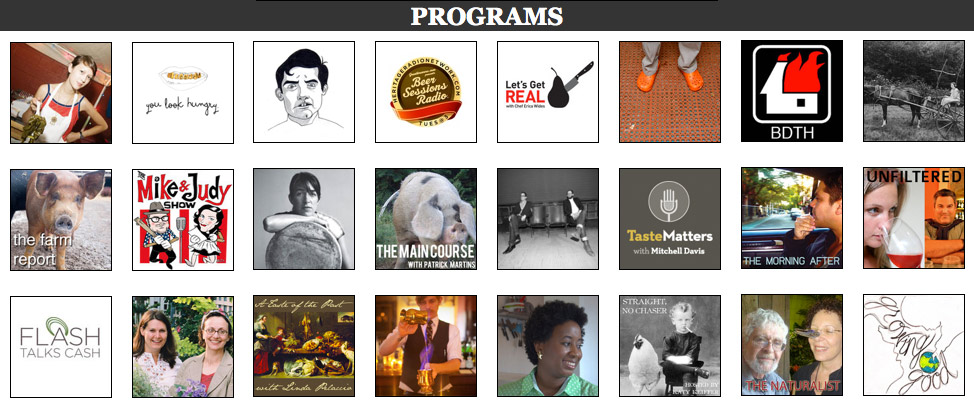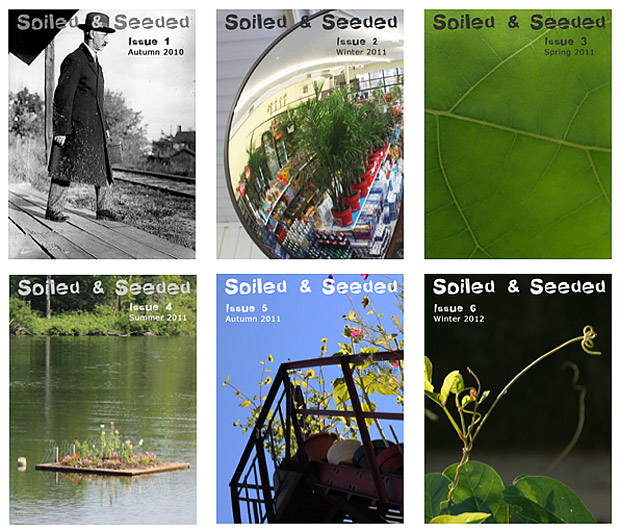Urban Farming Resources
Three ways to stay informed about the progressive aspects of city-based agriculture

Nearly 12,000 years ago the Neolithic Revolution altered the course of our survival from hunting and gathering to established agriculture. As the world’s population concentrates into cities and realization dawns that our resources are limited, we’re faced with a new and potentially as significant shift in how we feed ourselves. We are now transitioning from hunting and gathering—sending trains, planes and trucks to destinations around the world for our food—to an emphasis on growing local through urban farming. The global movement toward this approach affects more than just the food we eat—the focus on community gardens and DIY techniques leads to conversations about our culture, how we treat our environment and the progression of mankind. It also encourages experimentation and leads to developments in science and technology. Perhaps best of all, urban farming and its pioneering ways inspires everyone to get out there and spend a little time with Mother Nature.
Whether you’re a casual farmer, a serious harvester or just someone who wants to know more about the science of agriculture (and perhaps doesn’t know where to begin), here are three resources for keeping tabs on the evolution of urban farming today—from the latest news to cultivation tips—that are useful no matter where you live.

Brooklyn Homesteader
Spending time raising animals and tilling the earth can have therapeutic benefits on the human psyche, Meg Paska points out in one of her first posts, “In Becoming a Backyard Bumpkin“, on Brooklyn Homesteader, a blog she runs with Brooklyn Grange farm manager Michael Meier. The self-proclaimed go-getter embodies the DIY spirit, and her adventures in farming lead to a site filled with really solid advice on beekeeping, home-brewing, gardening, mycology, composting, backyard livestock husbandry and more. Guest bloggers provide insights on subjects like making your own beef jerky or homemade laundry soap. In addition to guiding readers through projects online with detailed instructions and explanatory images, Paska and Meier also lead monthly classes and workshops on the subjects they’ve come to master.

To make getting started or maintaining crops even easier, Paska and the Brooklyn Grange team recently opened a pop-up shop in the Greenpoint neighborhood. Hayseeds, open through the end of June 2012, not only stocks essential urban farming supplies, but it also serves as a place to stop by and discuss endeavors with a host of knowledgeable green thumbs. Keep an eye out for Paska‘s forthcoming book on rooftop beekeeping for more information on raising the ecosystem’s most essential species.


Heritage Radio Network
The non-profit station, Heritage Radio Network was created in 2009 by Patrick Martins, founder of Slow Food USA and of Heritage Foods USA. Reporting live from two converted shipping containers out back behind the sustainable Brooklyn pizzeria Roberta’s, HRN “chronicles and celebrates the growing movement to change American foodways”. HRN offers an abundance of thoughtful ways to get involved in the local food movement that extend beyond farming and well beyond Brooklyn. From their online programming you can glean information on everything from landscaping to agricultural policy.

The station’s extensive coverage is presented by an array of leading chefs, scientists and cultural thinkers. Former director of culinary technology at the French Culinary Institute, Dave Arnold hosts a weekly call-in cooking show covering molecular gastronomy and new culinary tools. Notable photographer Michael Harlan Turkell covers the marriage of food and art in his show “The Food Seen” and notable author Dr. Jessica B. Harris offers listeners a global perspective on food geography, culinary history and cultural trends in her segment “My Welcome Table“, to name a few.

Soiled and Seeded Magazine
Intent on moving garden culture beyond what they call a “hi-gloss scenario” and into a domain that instead “restores our connection to the natural world and redefines our relationship to plants”, the quarterly Soiled and Seeded Magazine showcases the positive effects of unconventional horticulture. The Ontario-based non-profit keeps a fresh, global perspective on gardening and its sociological impact through stories on topics like ancient Croatian botanical manuscripts, urban seed bombing dispensers or turning waste into soil in troubled countries like Haiti.

Edited by botanist Barbara Ozimec, Soiled and Seeded lends an expert understanding to urban gardening topics while keeping the inspirational themes highly entertaining. The magazine’s impressive masthead of international contributors have equally authoritative backgrounds, with all of the writers working professionally as anthropologists, horticulturists or program managers for organizations focused on environmental sustainability.












